The B/RJ199
This is the fourth model in my fictional RJ200 series. It is the original RJ200-100 shrinked by 2.5m. The plane seats 4 abreast, for a total capacity of up to 36 in a one-class configuration, or up to 34 in a two-class configuration. (There can be two seats next to the starboard cabin door or a galley can be placed there) The plane is extremely versatile and can be used for passenger, charter, or private operation. (hence the name; BJ for business jet, RJ for regional jet) The twin high-bypass turbofans are extremely efficient which allows for about 4 hours of flight (at 65% power and sea level) with its limited fuel capacity. The plane has a MTOW of 65000lb.
Aside from all the "normal" features, I have also made some optimizations:
- Better wing - more forgiving stall characteristics
- Better simulation of high-speed thrust output
- Better flap simulation thanks to FunkyTrees. They will now never fold upward and they now move at a slower speed.
Features:
- Narrow fuselage – less drag, higher speed as a result
- (relatively) Long range of 2400nm
- Low ground clearance when gear suspension is collapsed – easier loading/unloading passengers & cargo
- Realistic lights
- Winglets that further boost efficiency. Canted winglets are not the most efficient, but they get the job done.
- Large windows (37.5cm height, 25cm width)
- No reverse thrust/spoilers, reducing manufacture and maintenance cost
- STOL capability with wheel brakes alone
- Can simulate engine fire/fail
- Fuel dumping to reduce weight to MLW
- Parachute system to allow the plane to float down with loss of control/unrecoverable stall
- Impressive turn radius on the ground
- Multiple camera views, including from passenger windows
- Low part count with decent detail (under 150)
Specs:
Width: 58.3ft
Height: 18.6ft
Length: 48.7ft
Fuselage diameter: 2m
Cabin Width: 1.9m
Cabin Height: 1.65m
Weight w/ fuel: 48642lb
MTOW: 65000lb.
MLW: 30000lb
Empty weight: 20174lb
Wing area: 477.3 ft^2
Wing loading: 75.7lb/ft2
Max payload: 44826lb
Service ceiling: 40000ft
Absolute ceiling (max altitude): 46000ft
V-speeds:
If you want to change your ASI to knots you can do that in settings by changing the 'Unit System' to Nautical.
The following applies for 80% takeoff thrust at MTOW:
V1: Wright airport 115kt; Yeager airport 185kt;
V2: 220kt
VMC: 195kt
VR: 155kt
VLOF: 170kt
The following applies for MLW in landing configuration (full flaps etc.):
VRef: 130kt
VTD: 100-120kt
The following does not apply to any condition:
VFE: 10%: 240kt; 25%: 225kt; 50%: 210kt; 75%: 180kt; Full: 155kt
VLO: 265kt
VLE: 300kt
Controls:
FireGuns: Engine fire
AG2 + FireGuns: Dual engine fire
AG1: Fuel dump
AG3: Drogue chutes (for emergencies only)
AG4: Emergency Parachutes (emergencies only) + Emergency gyro
AG5: Landing lights
AG6: Logo, wing and engine scan lights (for night operation)
AG7: Strobe lights
AG8: Nav/beacon lights
Trim up: Trim nose down
Trim down: Trim nose up
VTOL down: Flaps
Instructions:
Takeoff at MTOW:
- At night, AG6 on before taxi
- When entering runway, turn strobes on
- Flaps between 1/10 and 1/2 depending on conditions (wind, rwy length, etc.) and preference
- Trim as appropriate (approx. 1/4 nose-up) and landing, lights on
- Apply 80 percent power.
- At 160kt slowly pitch up to 15-20° for the main wheels to leave the ground at 170kt
- Once airborne reduce power to 65% and retract gear and retract flaps to 1/10
- At 200kt reduce power to 55-60% and accelerate to 240kt. At this point, retract flaps promptly.
- Trim and power as appropriate and climb at 230-250kt
Once past 10000ft accelerate to cruise speed and landing lights off
Descent & Landing
Apply nose-down trim to start descent
- Power as appropriate to descend at 250-280kt
- Slow down to below 250kt as you pass 10000ft. At this point, dump fuel as necessary. MLW is about 70% fuel. For more on fuel dumping, see Warnings
- Once below 10000ft, turn landing lights on and fly straight-in or prepare to enter pattern
- At 200kt, lower flaps 1/4 of the way
- Enter final at 160-180kt and continue slowing down
- At 150kt, lower full flaps and trim for landing (1/4 nose-up recommended) and lower gear
- Pass the runway threshold at 130kt and 40ft AGL and retard power
- Once at approx. 20ft AGL flare for touchdown (slowly pitch up to 10°)
- Touchdown at 100-120kt
- Once slowed down to taxi speed turn off landing lights
- Once clear of runway turn off Strobes
How to cope with engine fire is up to you in the moment! If you are up to the challenge, enjoy!
Retard throttle immediately after dual engine fire
Warnings:
- After takeoff, reduce thrust and flaps promptly as an extra engine used for high-speed performance simulation will kick in at about 190kt.
- Use trim wisely. Not using them will cause catastrophic failure (they provide crucial lift) but using them wrong will do the same.
- Watch your speed. You can accelerate very quickly with this plane, and full flaps with nose-up trim don’t like the high speeds.
- The plane can skid very easily on the ground with overcontrolling.
- Autopilot can be used but is not recommend because of overcontrolling and the constant pitch-down commands which require an excessive amount of trim to correct, making the plane inefficient.
- Without the proper corrections, the plane may enter an unrecoverable spin after an engine failure.
- The fuel dumping can easily drain your fuel because it continues to dump after it is commanded to stop. There is a safety guard to stop dumping after fuel level reaches 50% but it may go down to as low as 3% after that.
ENJOY!
Specifications
General Characteristics
- Predecessor Private/business jet challenge
- Created On iOS
- Wingspan 58.3ft (17.8m)
- Length 48.7ft (14.8m)
- Height 18.6ft (5.7m)
- Empty Weight 20,174lbs (9,150kg)
- Loaded Weight 48,642lbs (22,063kg)
Performance
- Power/Weight Ratio 4.435
- Wing Loading 75.7lbs/ft2 (369.6kg/m2)
- Wing Area 642.5ft2 (59.7m2)
- Drag Points 13870
Parts
- Number of Parts 134
- Control Surfaces 9
- Performance Cost 766

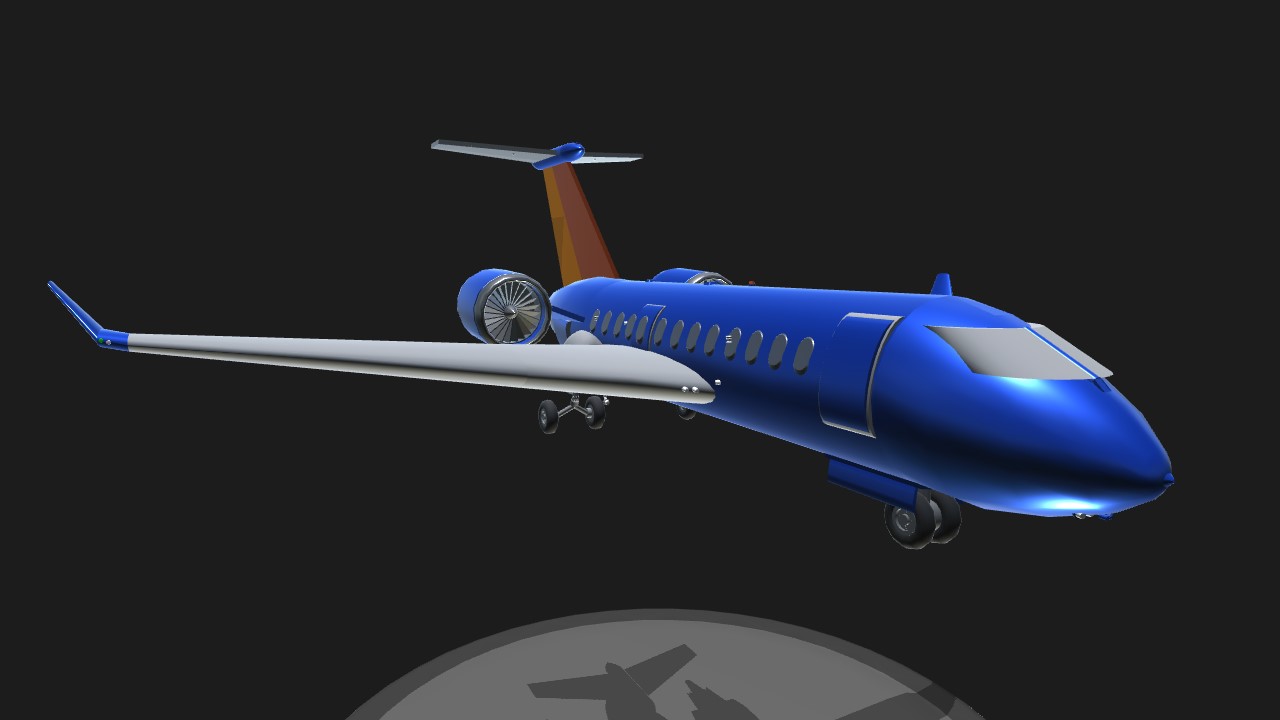
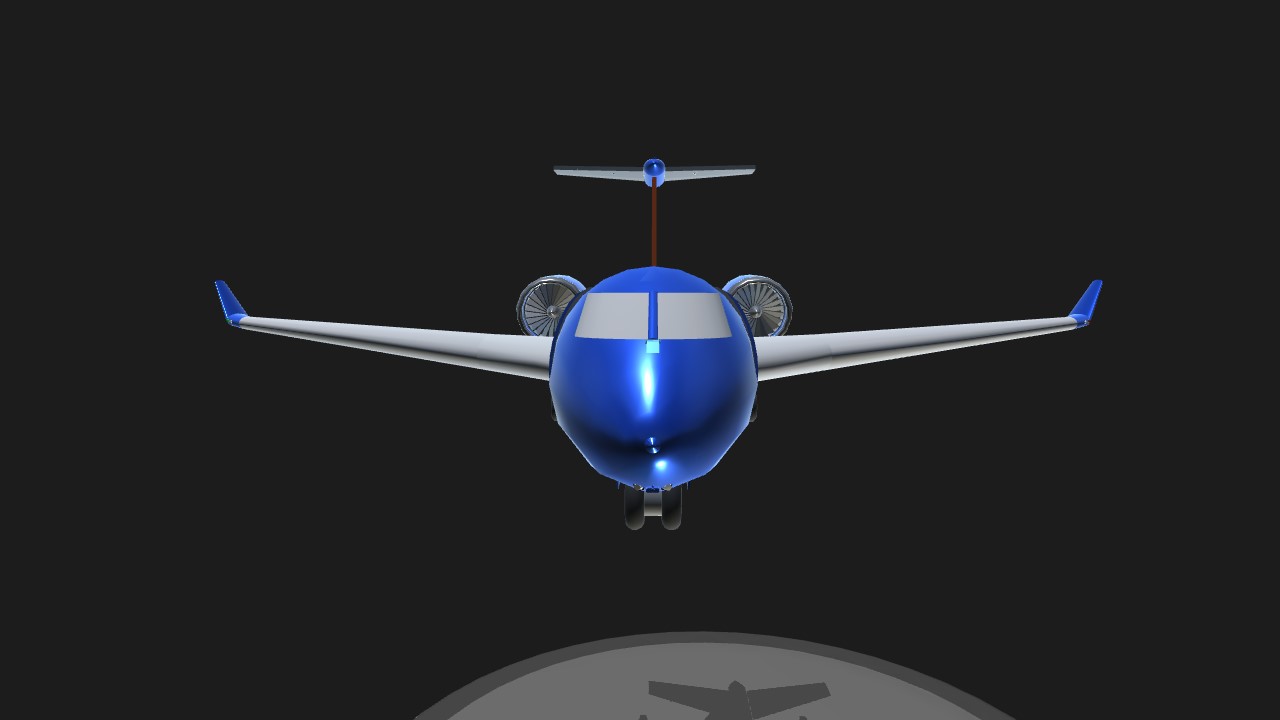
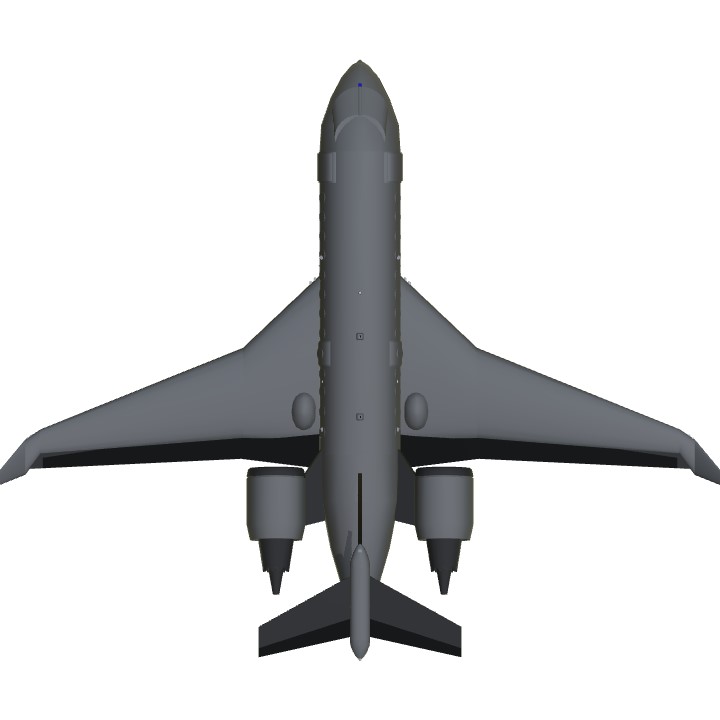
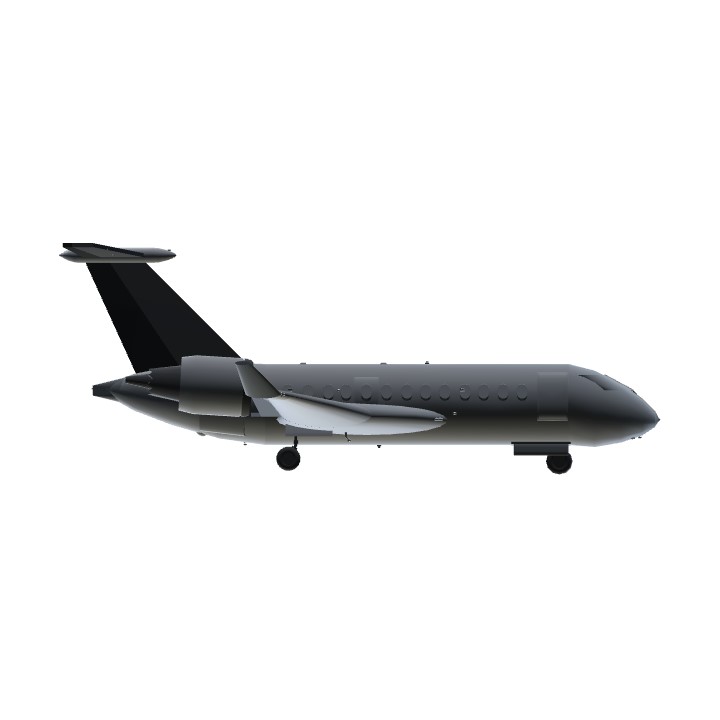
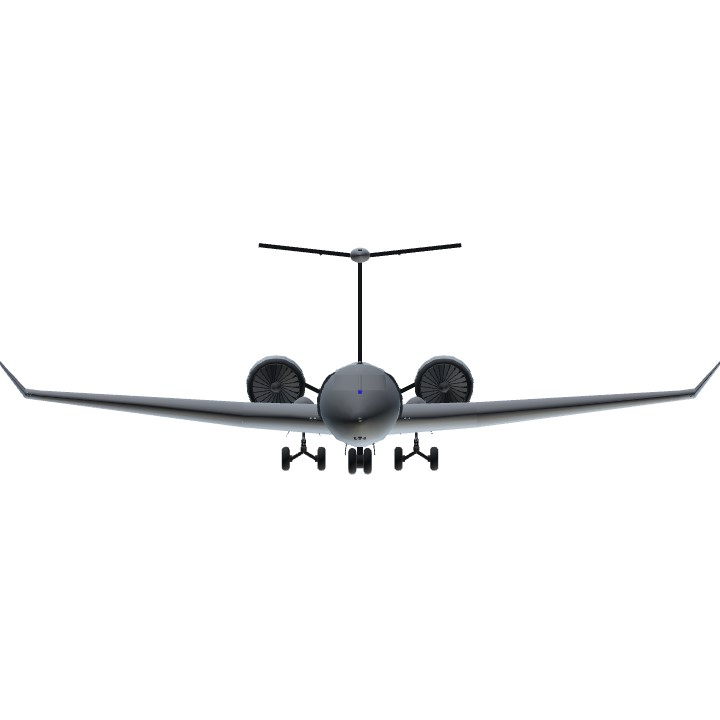
@KnightOfRen
@KnightOfRen ah yes. My PFP is a picture of my RJ200 (the original model for this series) still in development.
@FeiWu
PFP=Profile Picture
@KnightOfRen what is a pfp anyway?
Is this your PFP?
@DPSAircraft you know, I think you are disappointed because I am still continuing this very noob-ish line of aircraft. What do you think?
@Yeet1234
@DPSAircraft